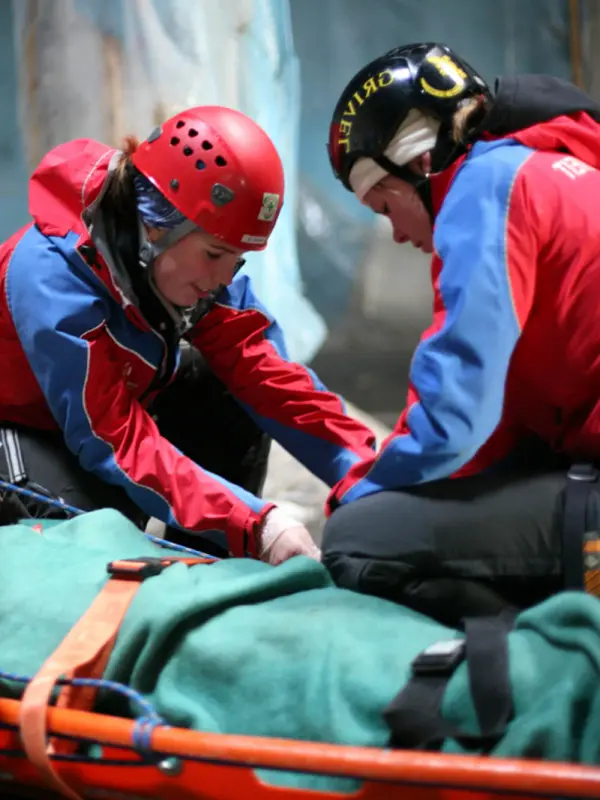Commentary on rabies case report
Last week I read an interesting case report with commentary in one of my favorite wilderness medicine publications, Morbidity Mortality Weekly Review*. Although the case may be a bit arcane for many, I believe that there are some practical points for consideration for both novice and experienced practitioners.
The report describes a case of rabies in a 16 year old male, recently arrived in the US from Mexico. At his first visit to an emergency department (ED) he had a low grade fever (38.1°C), tachycardia (pulse of 140/minute), sore throat, agitation, and some abdominal tenderness. Prior to discharge he was given intravenous (IV) fluids, presumably for dehydration suggested by his tachycardia, blood work, and refusal to eat or drink. He returned “several hours later” afebrile (37.3°), still tachycardic (160), agitated and uncooperative. He was spitting frequently and refusing to drink so more IV fluids were administered. A psychiatric evaluation was considered but it is unclear if one actually occurred. Depression was one of his discharge diagnoses. He continued to deteriorate and subsequently collapsed the next day at his aunt’s home and died in spite of resuscitative efforts.
Although in retrospect rabies jumps out as a possible diagnosis, I imagine that this was a difficult situation. Unless we travel outside the protection of our sheltered lives few Western practitioners will ever see rabies. It is not high on the differential list for a sore throat for most of us. This case was further complicated by the fact that the staff needed a translator to communicate with this person. Here are some points worth considering:
- High fever bad, low fever okay – This is a commonly held notion. People do irrational things like dunk screaming kids into cool or tepid baths, give inadequate doses of antipyretics (e.g., acetaminophen/paracetamol, ibuprofen), and alternate those medications. We keep kids in the ED until their temperatures decrease, fret when they do not and breathe a collective sigh of relief when they do. But it is not the height of the fever that matters as much as the associated symptoms and clinical setting in which one appears. In this case, his heart rate increased and his mental state worsened as his temperature normalized. He was sicker with the lower temperature.
- Behavior change equals a psychiatric problem – What practitioner hasn’t fallen into this trap? This case is the definition of delirium. It is why our psychiatric colleagues always ask for medical clearance. The kinds of problems posed by a case like this would be compounded for any person with little clinical experience, working in a remote environment. It is one of the reasons that people running outdoor focused youth-at-risk programs, for example, benefit from practical medical training that focuses on how to delineate the difference between a serious and non-serious problem; a medical versus a psychiatric one. Abnormal brain function is a serious problem.
- Put a size 12 foot into a size 10 shoe – Pre-hospital training has been too heavily focused on a limited number of specific conditions. The more training the longer the list. (Of course, these are never called diagnoses.) If it doesn’t fit, the practitioner either the blows the problem off as nothing or tries to make it fit one on the list anyway, even if it does not make sense. This is a side issue; I am not suggesting that it happened in this case.
In wilderness medicine, clarity trumps precision. It is much more important to be clear about the urgency of a situation than it is to have a precise diagnosis. Oftentimes we just don’t have the diagnostic tools or therapeutic interventions. The thing that jumps out here is the persistent tachycardia and abnormal, worsening mental state with seemingly bizarre behavior. Fever or not, this kid was not right in a serious way.
Please don’t misinterpret my intent here. I am neither bashing the practitioners involved nor suggesting this would have been easy for me. These are the stories that leave many of us sleepless and humble. I plan to comment on this further next week.
*Ellis E, et al. Imported human rabies – California, 2008. Morbidity Mortality weekly Review 2009;58:713 http://www.cdc.gov/mmwr/preview/mmwrhtml/mm5826a1.htm
